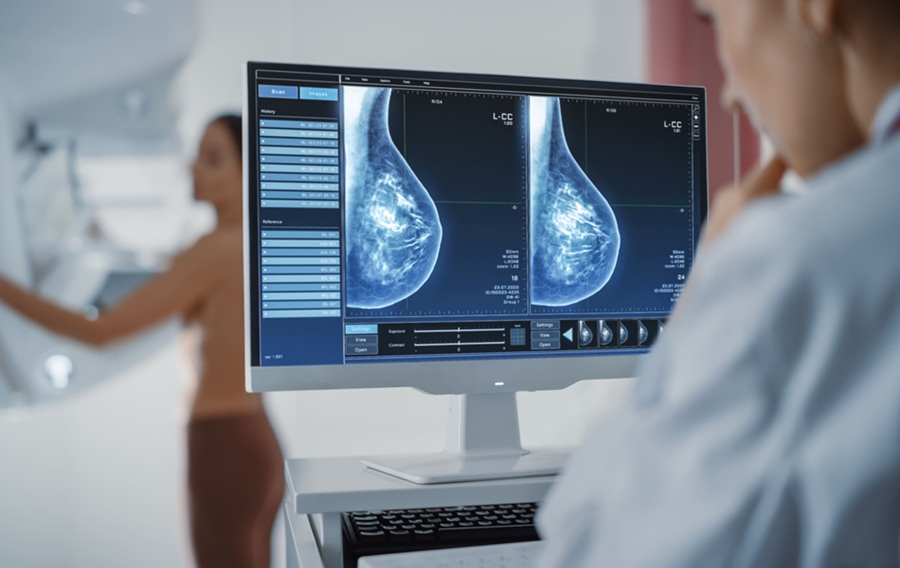Study Compares Effectiveness of Diagnosis Rules
By MedImaging International staff writers
Posted on 01 May 2017
The results of a prospective observational study of children with head injuries, in Australian and New Zealand tertiary hospitals, have compared the diagnostic accuracy of three clinical decision rules used in emergency units.Posted on 01 May 2017
Children with head injuries often undergo Computed Tomography (CT) scans in emergency departments to rule out serious brain injury, however not all children with milder injuries need such a scan. Unnecessary radiation exposure from CT scans can increase the risk of cancer.
The results of the study were published online in the April 11, 2017, issue of the journal The Lancet. The goal of the study was to find the best clinical decision rules to help emergency medicine clinicians decide which children under 18 years of age, suffering from head injuries, needed a CT scan. The study included 20,137 children in ten Australian and New Zealand tertiary hospitals.
The researchers found that the US Pediatric Emergency Care Applied Research Network (PECARN) clinical decision rule provided the best options for identifying children with a very low risk of a traumatic brain injury. The results compared the PECARN rule with the Canadian CATCH, and UK CHALICE rules. Only the PECARN rule was able to determine all patients requiring neurosurgery.
Associate Professor Franz Babl, lead investigator of the trail, Murdoch Children's Research Institute, said, "The aim of this study was to determine which children need CT scans to detect brain injury. Most head injuries are mild and don't require neurosurgical management, however, a small proportion of patients might present as having mild injuries, but have clinically significant intracranial injuries. The preferred course of treatment is to avoid a CT scan in minor head injuries if it is unnecessary. In particular, there is concern about the high radiation dose associated with CT scans of the head which can lead to cancer."














